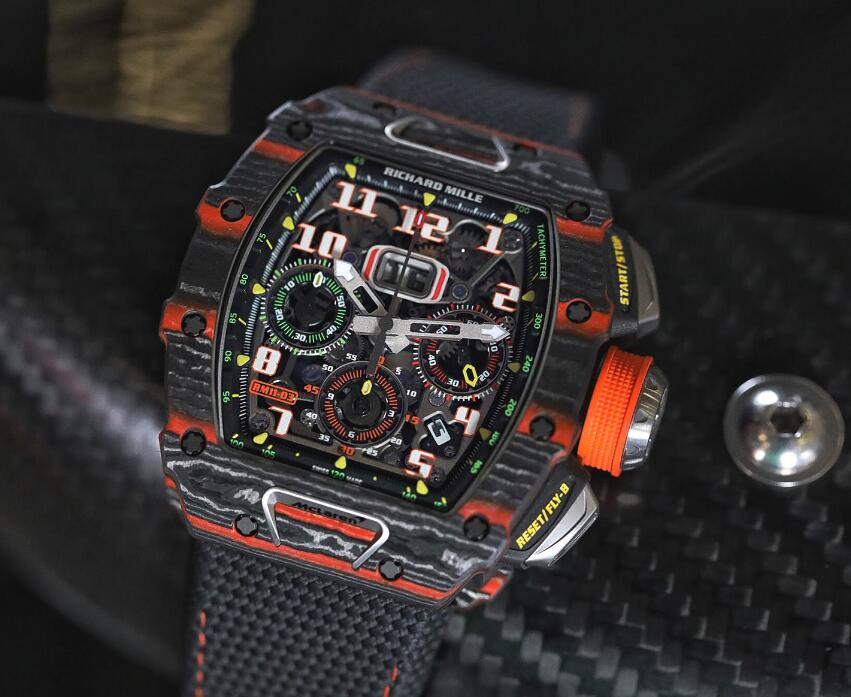When it comes to sports chronographs, these used to be purpose-built timepieces. Now, it’s more of a fashion/style statement than anything else. A few decades ago, however, chronographs were mainly bought by gentlemen with the budget and time to enjoy playing fast cars. Competitiveness has always been a human trait, especially the 50% of people with more testosterone (also known as men). Chronographs allow them to measure time and compare lap times. That’s what I didn’t do when I went to Northern Finland with replica Porsche Design for the Porsche Driving Experience winter event. It’s a report on having fun on snow and ice, covering almost the entire lineup of Porsche cars. I forgot to measure lap times, but I’m sure you’ll understand when you see this video and the photos below.
I think it’s important to remember why we wear watches. And why there are so many changes, not only in design but also in different functions. As I’ve already mentioned, wrist-worn chronographs used to be primarily for those who could afford to play fast. At least in the early 1900s. Okay, doctors use chronographs too, however, their chronographs have a pulsometer scale instead of the tachymeter scale that gentlemen use when they drive fast. In the first half of the 20th century, these chronographs were proper specialized tools.
Porsche Design invited me to a legendary Porsche driving experience in Santa’s backyard (northern Finland) and I couldn’t say no. I plan to do some testing with the Porsche Design 1919 Chronotimer on my wrist, like those aforementioned gentlemen driving their fast cars. With everything in place, trousers, fleece jacket, thermal socks and a Porsche Design 1919 Chronotimer on my wrist, I got into my first car of the day, a Porsche 911 Carrera S.
quit! Pedal metal! Well…of course I was careful at first, but slowly I got the hang of it and worked harder. The experience is nothing short of spectacular on a slippery surface, it’s hard to walk even without coasting, this powerful machine at 420 bph (I’m talking about a Carrera S) finds its speed gracefully and can quite easily deal with. If you think the tires have spikes, I can guarantee that they are not. Normal rubber on snow and ice (well, winter tires) and even most safety features are turned off, while Sport+ mode is turned on!
Our idea was to test/experience the various 911, 718 Cayman, Panamera Turbo, Macan and Cayenne on ice. I was too naive to think I was counting the hours. First, everything is white. The track, everywhere you look except the track, the sky, you see white. So any sense of speed, or even your exact position on the track, is futile. Most corners look the same. Timing laps proved to be very difficult, but most importantly, I was too distracted. Despite the ubiquity of white, the scenery is beautiful… breath taking.
It was an early morning, and despite the short night, I was completely awake when I saw this gorgeous lineup. Like it says good morning and have a great day! This is exactly what I have.
Driving and handling a Porsche isn’t something I do every day (unfortunately), and this new experience distracts me from actually timing the laps. I learned how to drift, or at least I tried to learn it. When we had to go home again, I learned a lot more about Porsche cars, how they handled and which systems needed to be turned off for more fun. Here are some impressions from my two days at the Porsche Driving Experience Winter event in northern Finland…. awesome!
For those interested, you can sign up for the Porsche Driving Experience website here. The training program started in mid-January 2018, and while most programs are sold out, there are still a small number of places available. In addition to the Porsche Winter Driving Experience, there are many other exciting activities and training programmes, including World Adventures!

